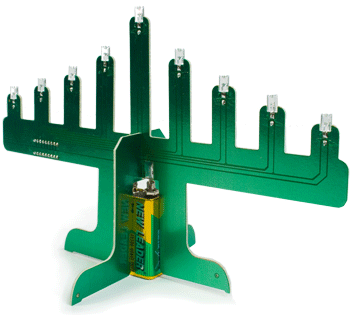
We love all of the creative Halloween costumes that have started trickling in now that the holiday is finally over, and people have found time to document their last minute projects. Take this functional Etch A Sketch costume made by [mazinbenny]. The knobs are lawnmower wheels. The pulley system is strung with 1/16″ wire rope to move a carrier for a dry erase marker. The marker draws directly on an acrylic screen. HowStuffWorks has a post on how a real aluminum powder based Etch A Sketch works.
We’ve covered more technical Etch A Sketch projects in the past. We’ve seen them hooked up to computer mice, drawing portraits at Maker Faire, and commenters have even suggested turning mechanical dry erase boards into giant Etch A Sketches.
















